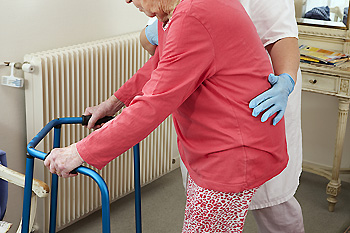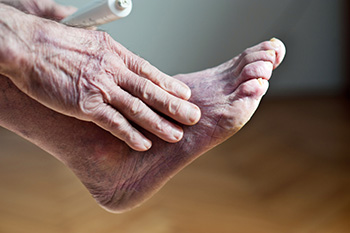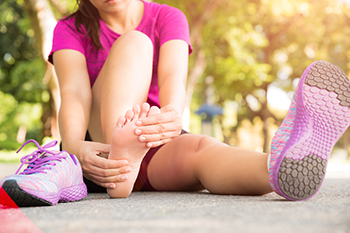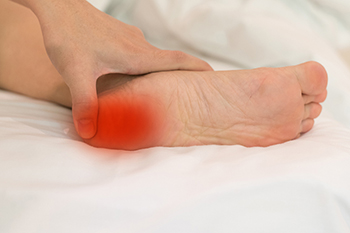
If you are a senior citizen, then you are at an increased risk of suffering a potentially dangerous fall. Falls can detrimentally affect the health of older individuals and lead to subsequent falls. However, there are a number of steps that seniors can take to prevent such dangerous episodes. Many of these steps involve the feet. For example, to prevent yourself from falling, you might be cognizant of the kinds of footwear that you are wearing. Generally speaking, high heels can make falling more likely. Instead, seniors might opt for footwear that has lower heels. You could even try shoes with non-slip soles. Shoes that have wider heels are also another good option for increasing stability and balance in the feet. Besides being intentional about the kinds of shoes that you wear, seniors can also prevent falls by engaging in regular exercise. This should be done to keep the feet strong and agile, so that they do not grow weak or unhealthy. For more tips on preventing falls in senior citizens, visit a chiropodist who can help.
Falls are a common but preventable problem for older adults. If you would like to learn more about preventing falls, please consult with one of the chiropodists from The Footcare Centre. Our chiropodists can help you maintain the health of your lower limbs and your mobility.
Did you know that most falls occur in the home? Fortunately, there are many simple changes that you can make to the living environment to reduce the risk of falling.
In the Bathroom:
Install grab bars near toilets, bathtubs, and showers
Put non-skid mats on all surfaces that may get wet
In the Bedroom:
Keep a light near the bed so that you can easily turn it on if you have to get up at night
Keep the path from your bedroom to the bathroom clutter-free and well-lit
Consider installing a bed rail for added support
In the Kitchen:
Use non-skid mats
Wipe up any spills immediately
Move commonly used items to areas that are easily within your reach
In the Hallways:
Place handrails on both sides of the stairs
Install good lighting in the hallways and around the entire home
Keep hallways free of clutter
Don’t use throw rugs or small area rugs
In Other Living Areas:
Keep loose cables, cords, and wires near the wall and away from walking surfaces
Make sure that all carpets and rugs are secure firmly to the floor
Arrange your furniture so that it is not in your way when you walk
Use chairs and couches that you can easily get up from
If you have any questions, please feel free to contact our office located in . We offer the newest diagnostic and treatment technologies for all your foot care needs.





